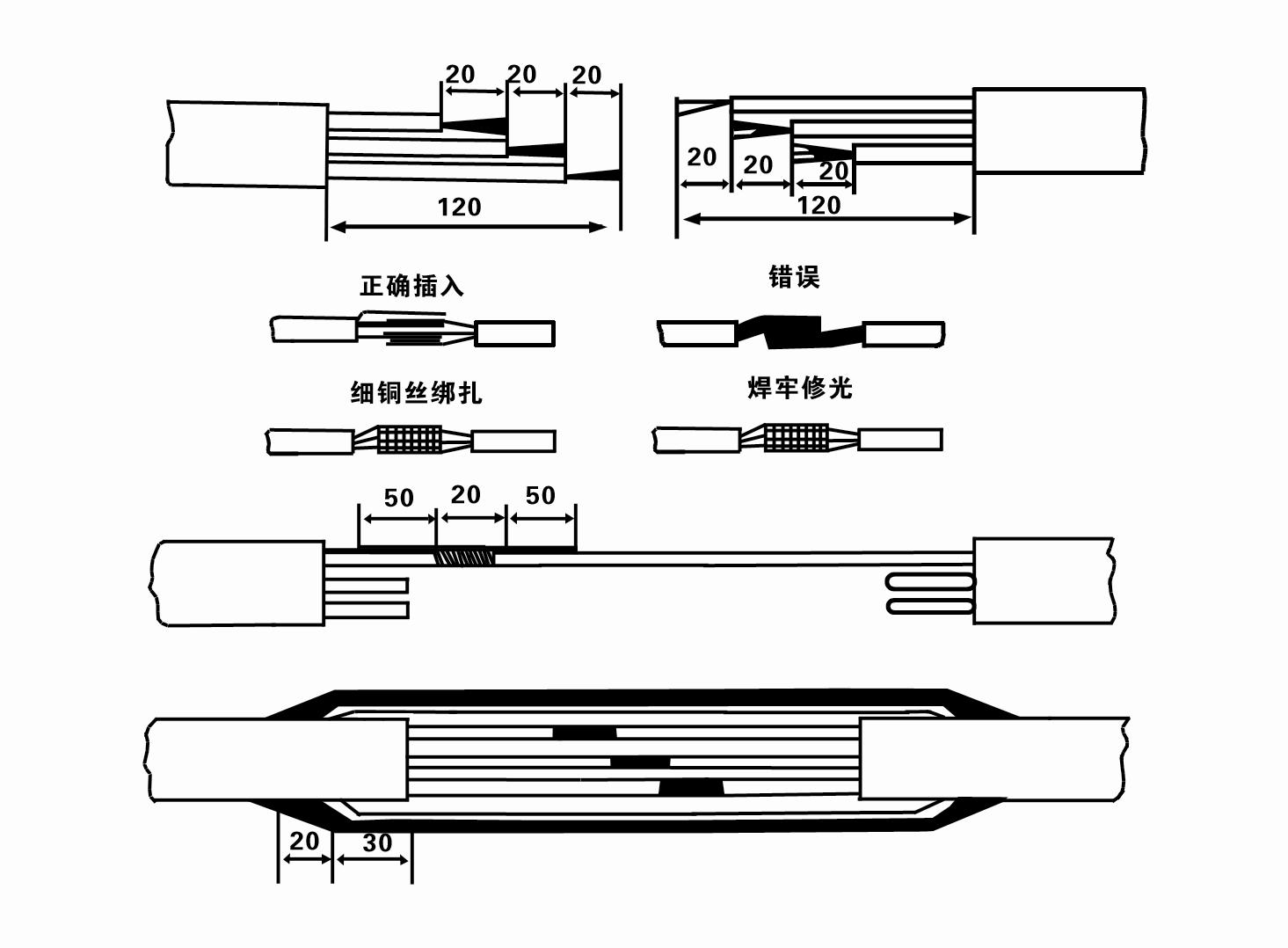Nov . 10, 2024 23:24 Back to list
Guidelines for Effectively Testing a Submersible Water Well Pump System
How to Test a Submersible Water Well Pump
When it comes to maintaining a reliable water supply, a submersible water well pump is an integral component of many households and agricultural systems. Regular testing of this equipment not only ensures its efficiency but also prolongs its lifespan. Here’s a detailed guide on how to effectively test a submersible water well pump.
Understanding the Submersible Pump
A submersible water well pump is designed to be submerged in water, typically installed deep within a well. It operates by pushing water to the surface rather than pulling it, utilizing a series of impellers to generate water pressure. Understanding this functioning mechanism is crucial for effective testing and troubleshooting.
Safety First
Before embarking on any testing, ensure you have taken the necessary safety precautions. Disconnect the power supply to the pump to avoid electrical hazards. Use insulated tools and wear gloves to protect against accidental electric shock. Also, be mindful of the well’s structure to avoid falls or injuries during the testing process.
Testing Signs of Trouble
Start by observing the pump’s performance. Note any signs indicating potential issues
1. Low Water Pressure If you notice a drop in water pressure, this could signify a malfunctioning pump or a blockage in the well. 2. No Water Flow If the pump fails to deliver water, it may be a sign of motor failure or that the pump has become submerged in mud or debris. 3. Strange Noises Unusual sounds coming from the pump, such as grinding or whirring, can indicate mechanical issues.
Visual Inspection
Once you’ve ensured safety, perform a visual inspection
how to test a submersible water well pump

1. Power Supply Check if the power supply is functioning correctly. Ensure that circuit breakers are not tripped and that connections are secure. 2. Wiring Inspect the electrical wiring for signs of wear, corrosion, or damage. Any fault in the wiring can lead to pump failure. 3. Pump Condition If possible, remove the pump from the well to inspect it physically. Look for cracks, rust, or wear on the casing and impellers.
Flow Rate Test
A flow rate test is vital to assess your pump's effectiveness. Here’s how to do it
1. Gather Tools You will need a stopwatch, a bucket (with a known volume), and a measuring tape. 2. Measure Water Levels Record the water level in the well, both before and after testing. This information will help determine if the pump is drawing water significantly from its source. 3. Run the Pump Activate the pump and allow it to run for a specific duration (typically around 5-10 minutes). Collect water in the bucket and measure the amount dispensed. 4. Calculate Flow Rate Use the formula \(Flow Rate = \frac{Volume}{Time}\) to calculate the flow rate in gallons per minute (GPM) or liters per minute (LPM). Compare this result to the manufacturer's specifications for your model.
Pressure Gauge Test
To confirm the pump's pressure output
1. Install a Pressure Gauge Attach a pressure gauge to the discharge pipe. This gauge will show you the pressure level. 2. Run the Pump Activate the pump and observe the pressure readings. A healthy submersible pump typically shows pressures between 40-60 PSI, depending on depth and model.
Final Checks and Maintenance
After your testing is complete, it’s essential to conduct any necessary maintenance, whether that involves replacing worn-out parts or cleaning the pump. Regular inspection and testing can prevent significant breakdowns and ensure that your submersible water well pump operates efficiently.
By following these steps, you can test your submersible water well pump effectively, ensuring that it continues to provide the necessary support for your water needs. A proactive approach to maintenance and testing will keep your water supply running smoothly for years to come.
-
Submersible Water Pump: The Efficient 'Power Pioneer' of the Underwater World
NewsJul.01,2025
-
Submersible Pond Pump: The Hidden Guardian of Water Landscape Ecology
NewsJul.01,2025
-
Stainless Well Pump: A Reliable and Durable Pumping Main Force
NewsJul.01,2025
-
Stainless Steel Submersible Pump: An Efficient and Versatile Tool for Underwater Operations
NewsJul.01,2025
-
Deep Well Submersible Pump: An Efficient 'Sucker' of Groundwater Sources
NewsJul.01,2025
-
Deep Water Well Pump: An Efficient 'Sucker' of Groundwater Sources
NewsJul.01,2025
-
 Submersible Water Pump: The Efficient 'Power Pioneer' of the Underwater WorldIn the field of hydraulic equipment, the Submersible Water Pump has become the core equipment for underwater operations and water resource transportation due to its unique design and excellent performance.Detail
Submersible Water Pump: The Efficient 'Power Pioneer' of the Underwater WorldIn the field of hydraulic equipment, the Submersible Water Pump has become the core equipment for underwater operations and water resource transportation due to its unique design and excellent performance.Detail -
 Submersible Pond Pump: The Hidden Guardian of Water Landscape EcologyIn courtyard landscapes, ecological ponds, and even small-scale water conservancy projects, there is a silent yet indispensable equipment - the Submersible Pond Pump.Detail
Submersible Pond Pump: The Hidden Guardian of Water Landscape EcologyIn courtyard landscapes, ecological ponds, and even small-scale water conservancy projects, there is a silent yet indispensable equipment - the Submersible Pond Pump.Detail -
 Stainless Well Pump: A Reliable and Durable Pumping Main ForceIn the field of water resource transportation, Stainless Well Pump has become the core equipment for various pumping scenarios with its excellent performance and reliable quality.Detail
Stainless Well Pump: A Reliable and Durable Pumping Main ForceIn the field of water resource transportation, Stainless Well Pump has become the core equipment for various pumping scenarios with its excellent performance and reliable quality.Detail
